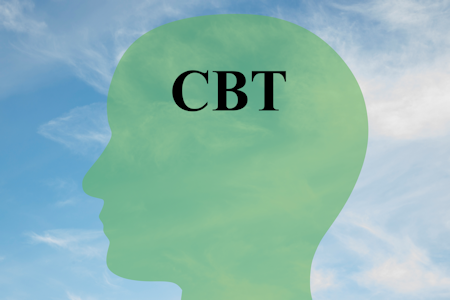Cognitive Behavioural Therapy
 Cognitive Behavioural Therapy (CBT), is an evidence-based, structured type of psychological therapy proven to be effective for improving mental health. CBT focuses on the present; on the problems that come up in day-to-day life. It involves dealing with a client’s beliefs in order to change the way they think and react to the things happening around them. Clients learn to develop personal coping strategies to target solving current problems and changing unhelpful patterns (thoughts, beliefs and attitudes), behaviours and emotional regulation.
Cognitive Behavioural Therapy (CBT), is an evidence-based, structured type of psychological therapy proven to be effective for improving mental health. CBT focuses on the present; on the problems that come up in day-to-day life. It involves dealing with a client’s beliefs in order to change the way they think and react to the things happening around them. Clients learn to develop personal coping strategies to target solving current problems and changing unhelpful patterns (thoughts, beliefs and attitudes), behaviours and emotional regulation.
Cognitive Behavioural Therapy (CBT) is Empirically Based
Cognitive Behavioural Therapy (CBT) was originally developed through decades of scientific research to treat anxiety and depression. CBT has also been proven to be a very effective treatment for a variety of other issues, including bipolar disorders, eating disorders, generalized anxiety disorders, anger issues, panic disorder, PTSD, specific phobias, substance use disorders and trauma.
CBT helps people to examine how they make sense of what is happening around them and how these perceptions affect the way they feel. Clients learn to identify, question and change the thoughts, attitudes and beliefs related to the emotional and behavioural reactions that cause them difficulty.
The basic steps in a cognitive behavioral therapy (CBT) assessment include:
- Identify critical behaviors
- Determine whether critical behaviors are excesses or deficits
- Evaluate critical behaviors for frequency, duration, or intensity (obtain a baseline)
- If excess, attempt to decrease frequency, duration, or intensity of behaviors; if deficits, attempt to increase behaviors.
CBT has six phases:
- Assessment or psychological assessment;
- Reconceptualization;
- Skills acquisition;
- Skills consolidation and application training;
- Generalization and maintenance;
- Post-treatment assessment follow-up.
Successful cognitive behavioral therapy sessions consist of a healthy collaboration between the counsellor and the individual receiving therapy. Additionally, this therapy involves clear identification of the problem, establishing attainable goals, empathic communication, frequent feedback, reality checks, homework assignments, and teaching individuals to use learned tools to promote positive behavioral change and growth. The eventual aim of therapy is to teach you to apply the skills you’ve learnt during treatment to your daily life.
